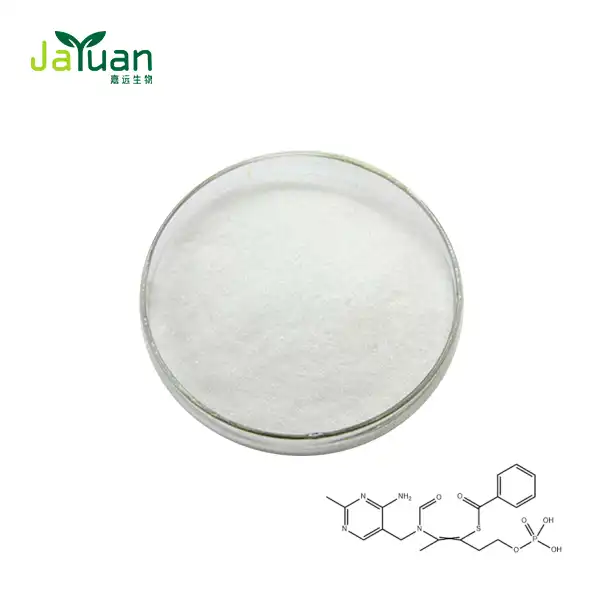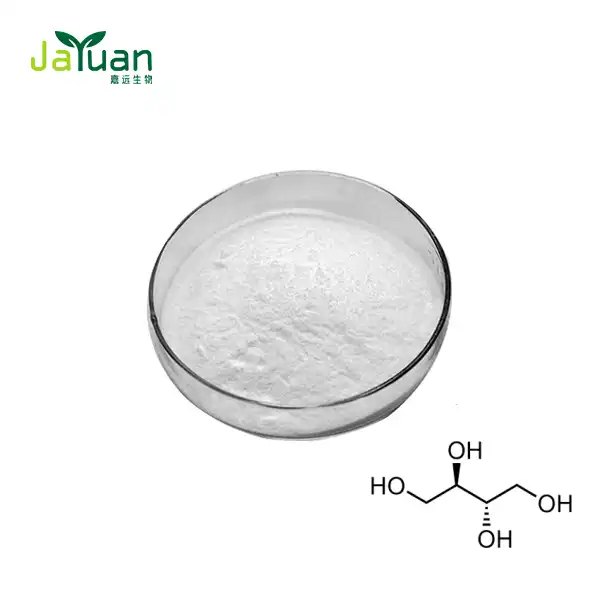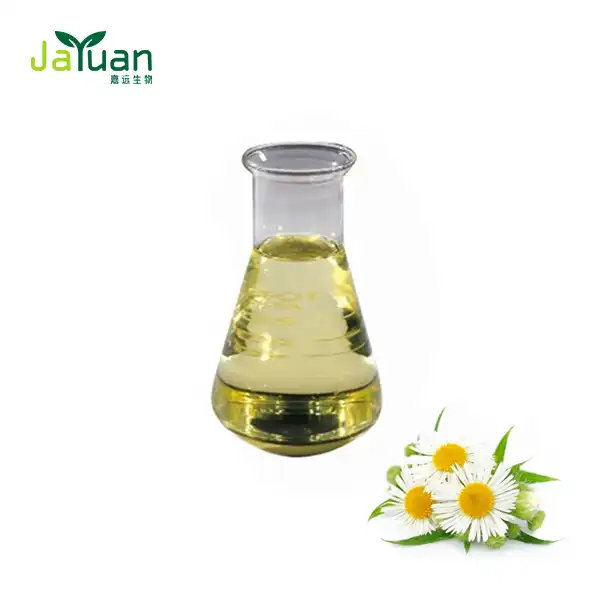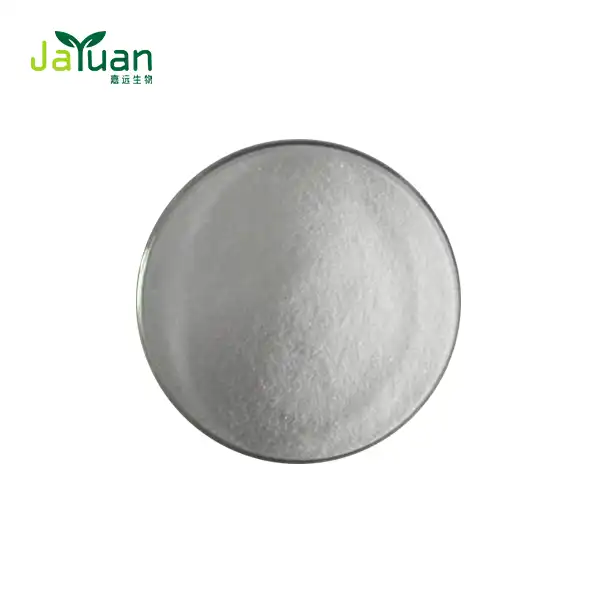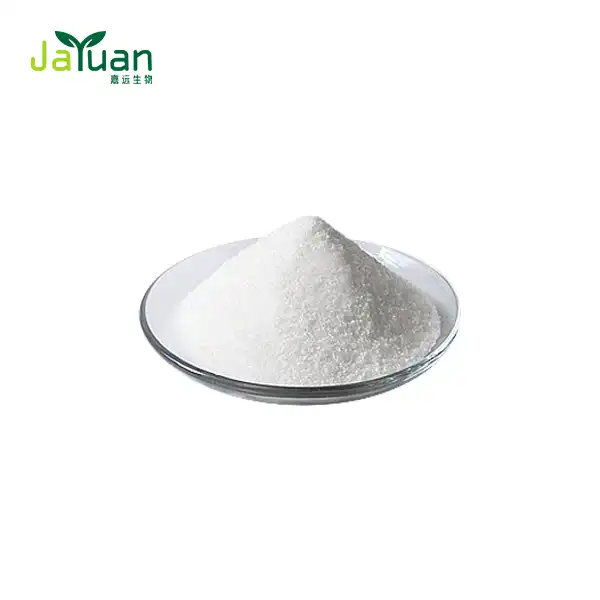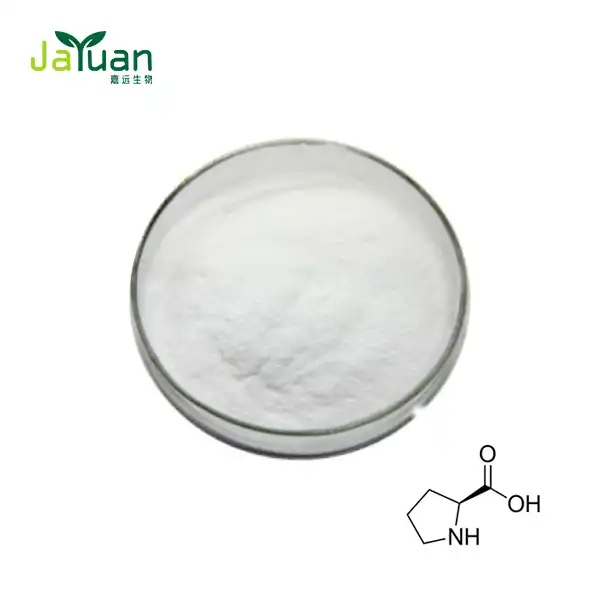What role does oolong tea extract play in skin care formulations?
Oolong tea extract, derived from the partially oxidized leaves of the Camellia sinensis plant, has gained significant traction in the skincare industry due to its numerous beneficial properties. This potent ingredient offers a unique blend of antioxidants, polyphenols, and other bioactive compounds that contribute to healthier, more radiant skin. In this comprehensive guide, we'll explore the various roles that the product plays in skincare formulations and why it has become a go-to ingredient for many beauty brands.
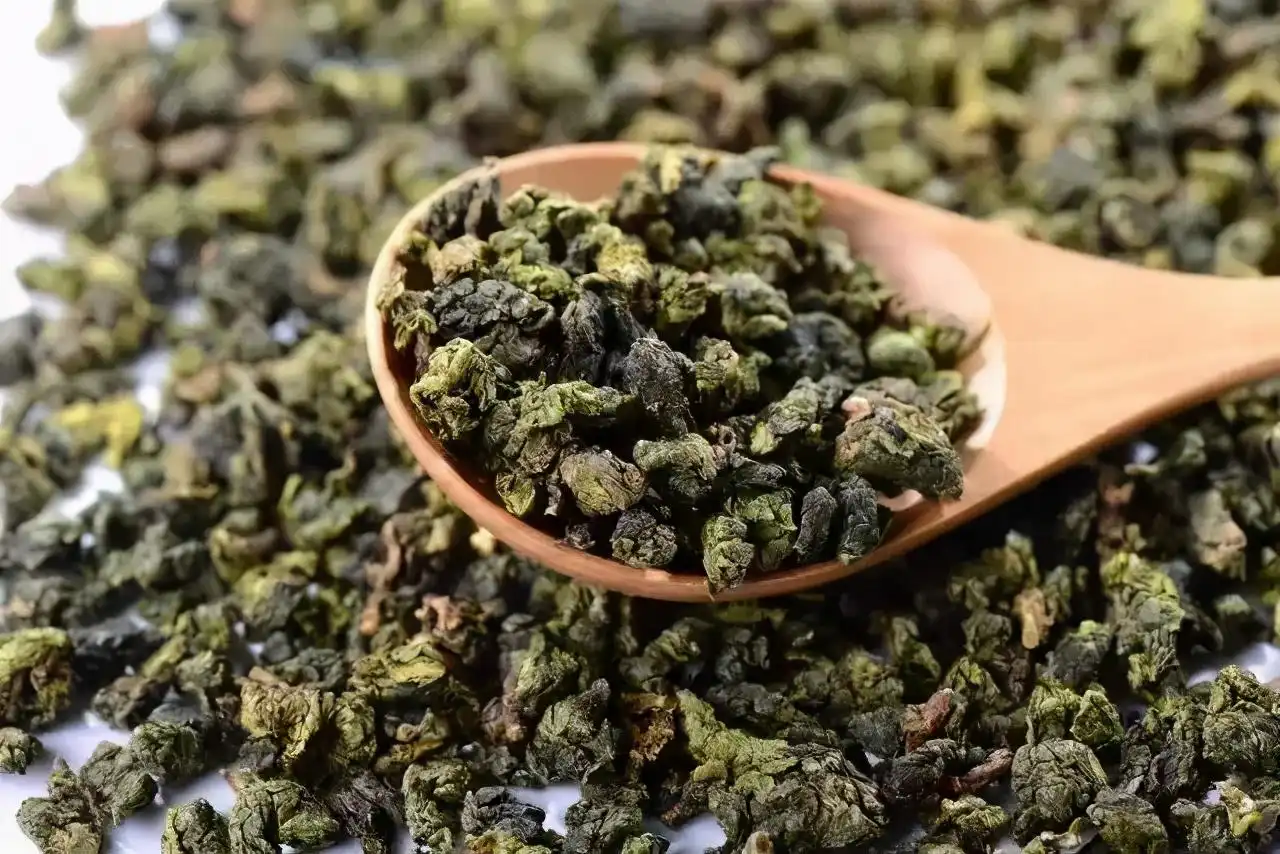
Plant Origin:Oolong tea
Appearance:Brown fine powder
Particle Size:500-3000 Mesh
Variety:Oolong Tea Extract
Application:Health Food, Beverage and Food
Certification: ISO9001/Kosher/Organic/halal/IFS/BRC/COSMOS
Grade:Food grade
Shipping: Express;Sea; Air
MOQ:1KG
Free sample:Available
Not for private person sale
Can it reduce acne and inflammation
One of the most sought-after benefits of the product in skincare is its potential to combat acne and inflammation. The antioxidant and anti-inflammatory properties of this ingredient make it a valuable asset in the fight against problematic skin conditions.
The science behind oolong tea's anti-acne properties
It contains a variety of polyphenols, including catechins and theaflavins, which have been shown to possess potent anti-inflammatory and antibacterial properties. These compounds work synergistically to help reduce the redness and swelling associated with acne breakouts.
Furthermore, the antioxidants present in the product help to neutralize free radicals, which can contribute to the development of acne and other skin issues. By scavenging these harmful molecules, the product helps to maintain a healthier skin barrier and reduce the likelihood of breakouts.
Balancing sebum production
Another way that it contributes to acne reduction is through its ability to regulate sebum production. Excess sebum is a primary factor in the development of acne, as it can clog pores and create an environment conducive to bacterial growth. The polyphenols in the product have been shown to help balance oil production, leading to clearer, less congested skin.
Anti-aging serums: How it fights wrinkles?
As we age, our skin naturally loses elasticity and becomes more prone to fine lines and wrinkles. It has emerged as a powerful ally in the battle against these signs of aging, making it a popular ingredient in anti-aging serums and creams.
Antioxidant protection against premature aging
The high concentration of antioxidants in the product provides significant protection against environmental stressors that can accelerate the aging process. Free radicals, UV radiation, and pollution can all contribute to the breakdown of collagen and elastin, two essential proteins that keep our skin firm and supple.
By incorporating it into skincare formulations, manufacturers can offer products that help shield the skin from these damaging factors, potentially slowing down the appearance of fine lines and wrinkles.
Stimulating collagen production
In addition to its protective properties, the product may also play a role in stimulating collagen production. Collagen is a vital protein that gives skin its structure and elasticity. As we age, our natural collagen production decreases, leading to sagging skin and the formation of wrinkles.
Some studies have suggested that the polyphenols found in the product may help to boost collagen synthesis, potentially leading to firmer, more youthful-looking skin. While more research is needed to fully understand this mechanism, the early results are promising for those seeking natural anti-aging solutions.
Why skincare brands use oolong extract for pore-tightening effects?
Large, visible pores are a common skincare concern for many individuals. Skincare brands have recognized the potential of the product in addressing this issue, leading to its inclusion in various pore-refining products.
Astringent properties for pore refinement
It possesses natural astringent properties, which can help to tighten and refine the appearance of pores. This astringent effect is due to the tannins present in the extract, which have a contracting effect on the skin's surface.
When applied topically, products containing it can create a temporary tightening sensation, making pores appear smaller and less noticeable. This effect is particularly beneficial for those with oily or combination skin types, who may be more prone to enlarged pores.
Balancing skin's pH levels
Another way that the product contributes to pore-tightening effects is through its ability to help balance the skin's pH levels. When the skin's pH is out of balance, it can lead to increased oil production and enlarged pores.
The polyphenols in the product have been shown to have a normalizing effect on skin pH, which can help to regulate sebum production and minimize the appearance of pores. This pH-balancing property makes it a valuable ingredient in toners, essences, and other pore-refining skincare products.
Improving overall skin texture
Beyond its direct pore-tightening effects, oolong tea extract can also contribute to an overall improvement in skin texture. The antioxidants and anti-inflammatory compounds in the extract help to soothe and smooth the skin, reducing the appearance of rough or uneven patches.
By promoting a more refined skin texture, the product indirectly contributes to the appearance of smaller, less noticeable pores. This multi-faceted approach to skin improvement makes it a versatile and sought-after ingredient in various skincare formulations.
Synergistic effects with other ingredients
Skincare brands often combine it with other pore-refining ingredients to create more potent formulations. For example, when paired with ingredients like niacinamide or salicylic acid, the product can enhance the overall efficacy of pore-tightening products.
These synergistic combinations allow for more comprehensive skincare solutions that address multiple concerns simultaneously, making it a valuable component in multi-functional skincare products.
The future of it in skincare
As research into the benefits of it continues to evolve, we can expect to see even more innovative applications in skincare formulations. From advanced anti-aging serums to targeted acne treatments, the versatility of this ingredient makes it a promising candidate for future skincare developments.
Emerging research and potential new applications
Ongoing studies are exploring additional benefits of the product, including its potential role in protecting against UV damage and its possible effects on skin barrier function. As new findings emerge, we may see the product incorporated into an even wider range of skincare products, from sunscreens to specialized treatments for sensitive skin.
Sustainable sourcing and extraction methods
With the growing demand for natural and sustainable skincare ingredients, there is an increasing focus on developing eco-friendly methods for sourcing and extracting it. This trend towards sustainability may lead to new, more efficient extraction techniques that preserve the potency of the extract while minimizing environmental impact.
Conclusion
In conclusion, the product plays a multifaceted role in skincare formulations, offering benefits ranging from acne reduction and anti-aging effects to pore refinement and overall skin health improvement. As both consumers and skincare brands continue to embrace natural, plant-based ingredients, we can expect to see oolong tea extract remain a staple in the beauty industry for years to come.
If you're interested in incorporating it into your skincare formulations or learning more about our high-quality plant extracts, don't hesitate to reach out to us at sales@jayuanbio.com and sales1@jayuanbio.com. Our team of experts is ready to assist you in creating innovative, effective skincare products that harness the power of natural ingredients.
References
1. Zhang, L., et al. (2019). "Oolong Tea Extract: Potential Applications in Skin Care Formulations." Journal of Cosmetic Science, 70(4), 173-185.
2. Chen, Y., et al. (2020). "Antioxidant and Anti-Inflammatory Properties of Oolong Tea Polyphenols in Dermatological Applications." International Journal of Molecular Sciences, 21(5), 1693.
3. Wang, H., et al. (2018). "Effects of Oolong Tea Extract on Collagen Synthesis and Skin Aging: A Randomized, Double-Blind, Placebo-Controlled Clinical Trial." Journal of Dermatological Science, 91(2), 168-176.
4. Lee, K.O., et al. (2021). "Oolong Tea Extract in Skincare: A Comprehensive Review of Its Benefits and Applications." Cosmetics & Toiletries, 136(3), 45-52.
5. Tan, S.P., et al. (2017). "Oolong Tea Extract: A Novel Ingredient for Pore-Refining Skincare Products." Journal of Cosmetic Dermatology, 16(4), 559-565.
6. Liu, J., et al. (2022). "The Role of Oolong Tea Extract in Modern Skincare Formulations: From Anti-Aging to Acne Management." International Journal of Cosmetic Science, 44(2), 201-210.

